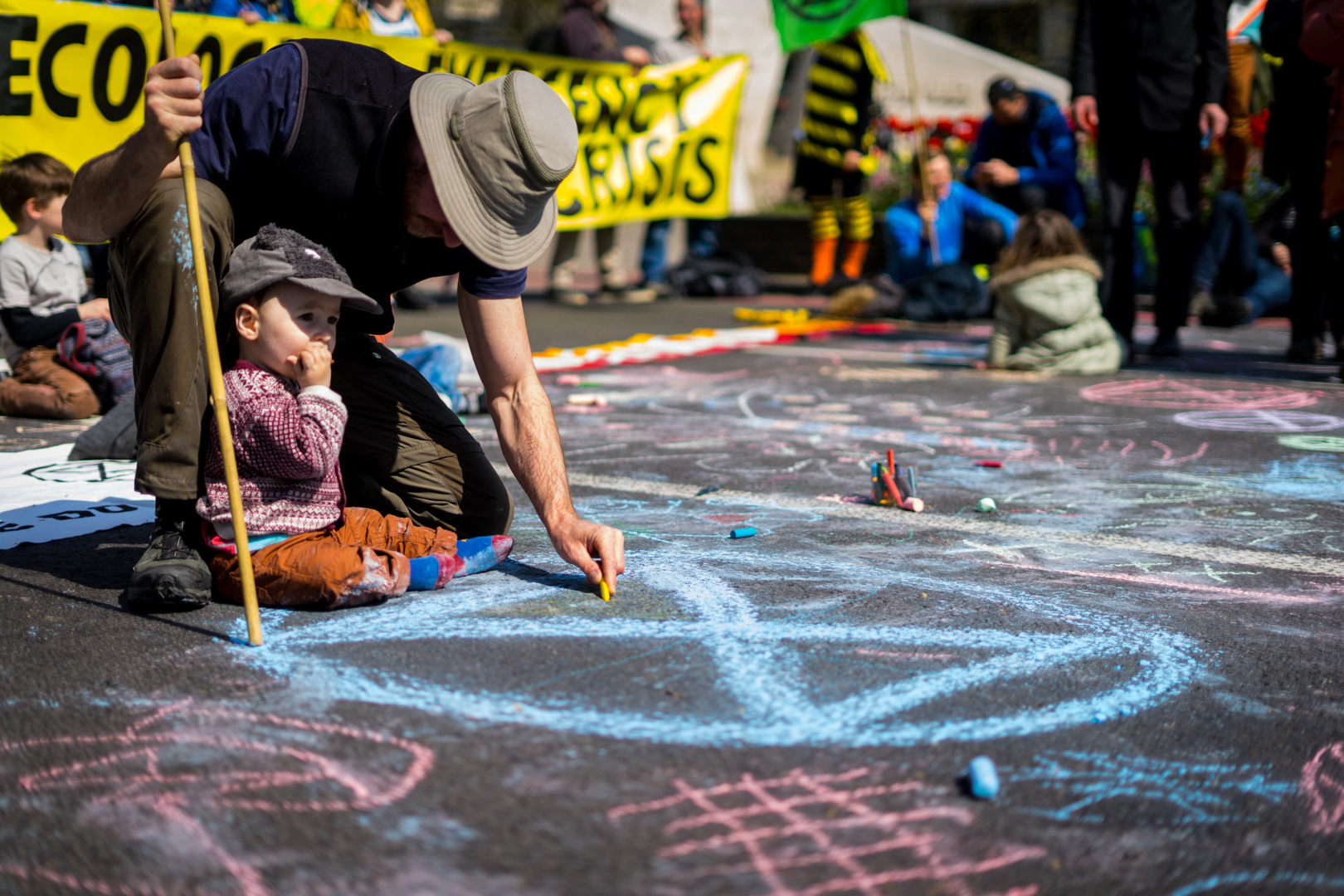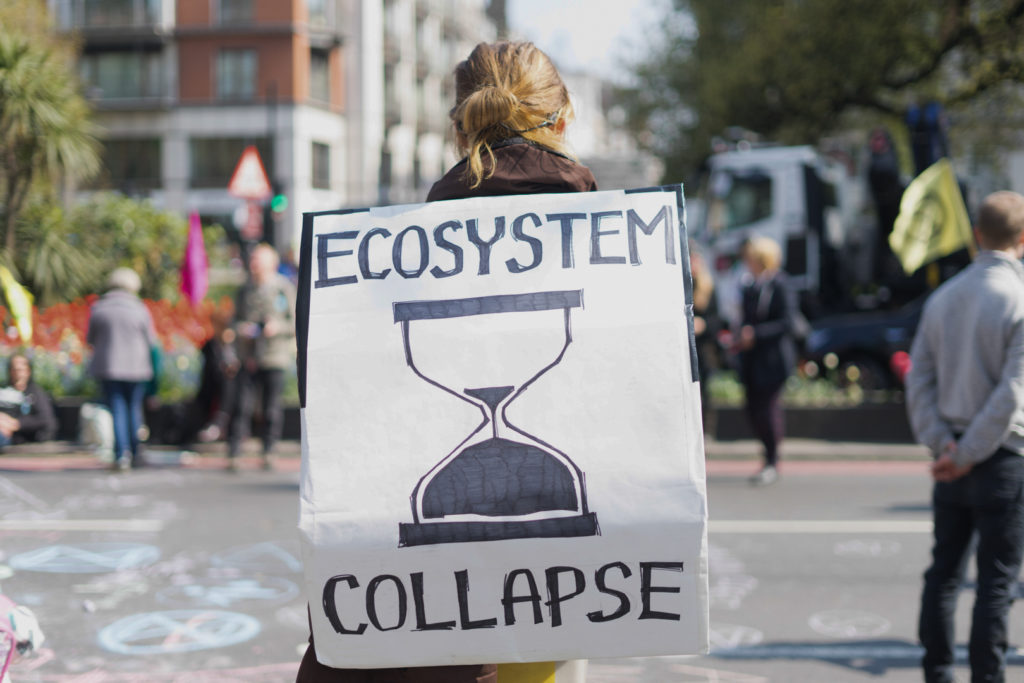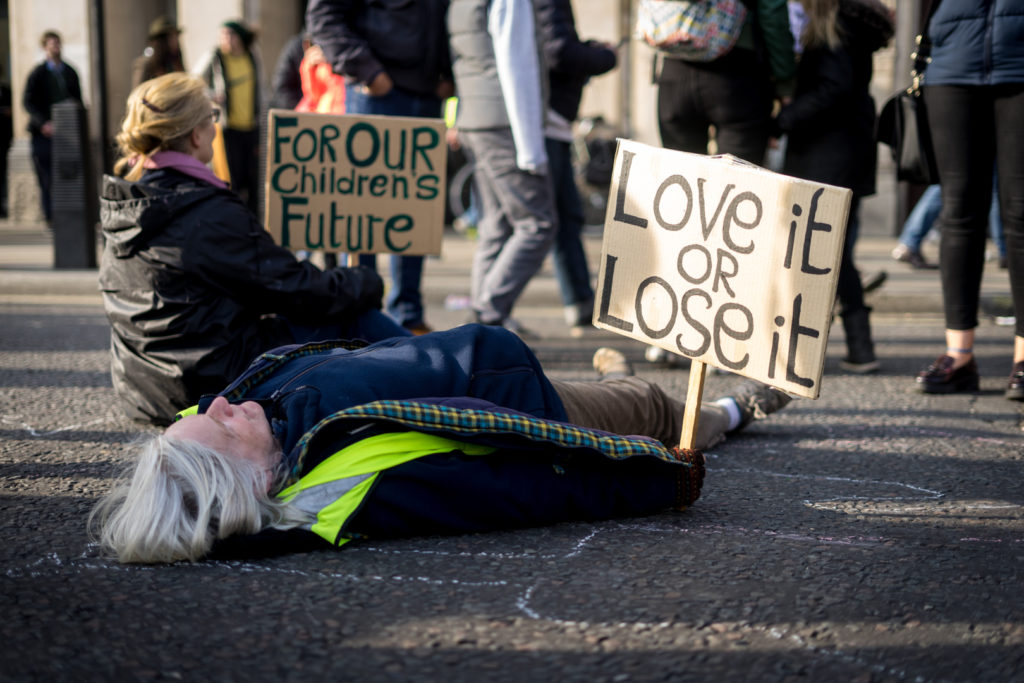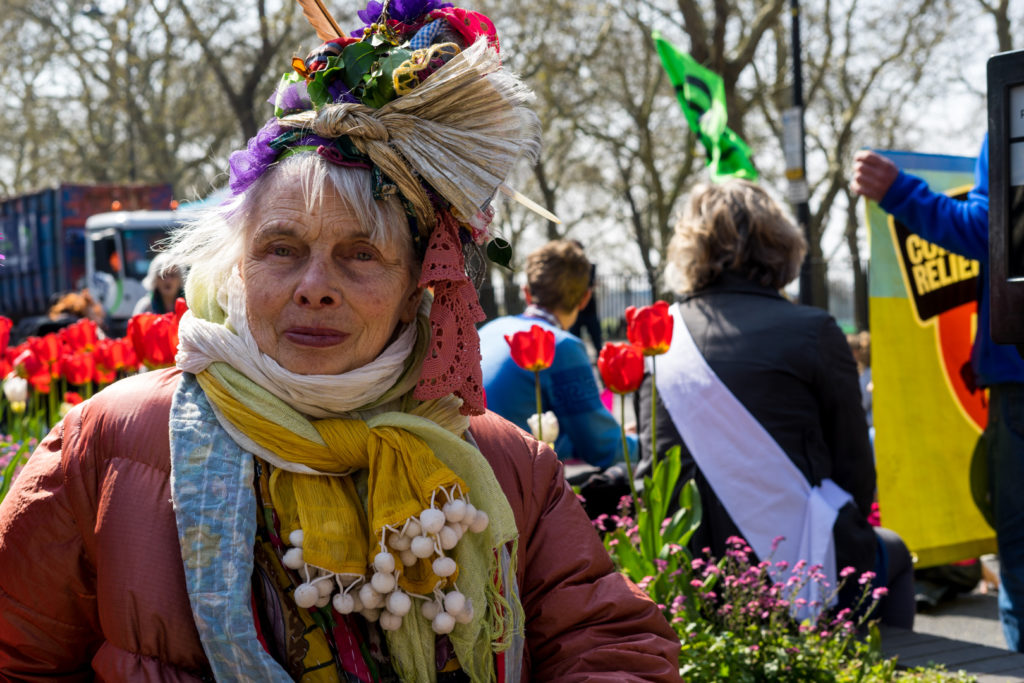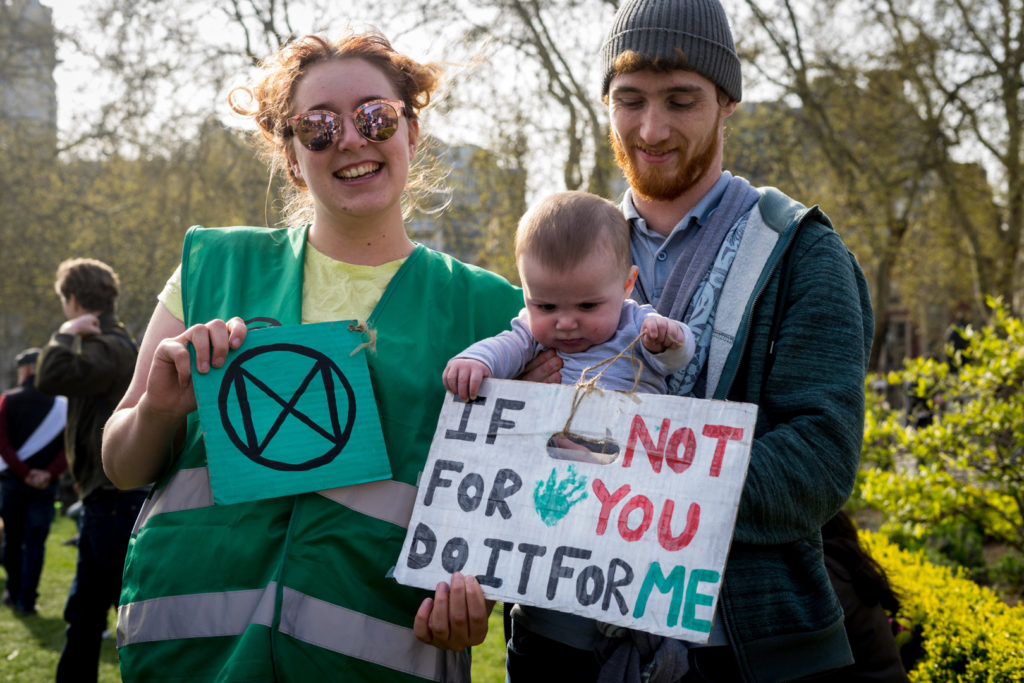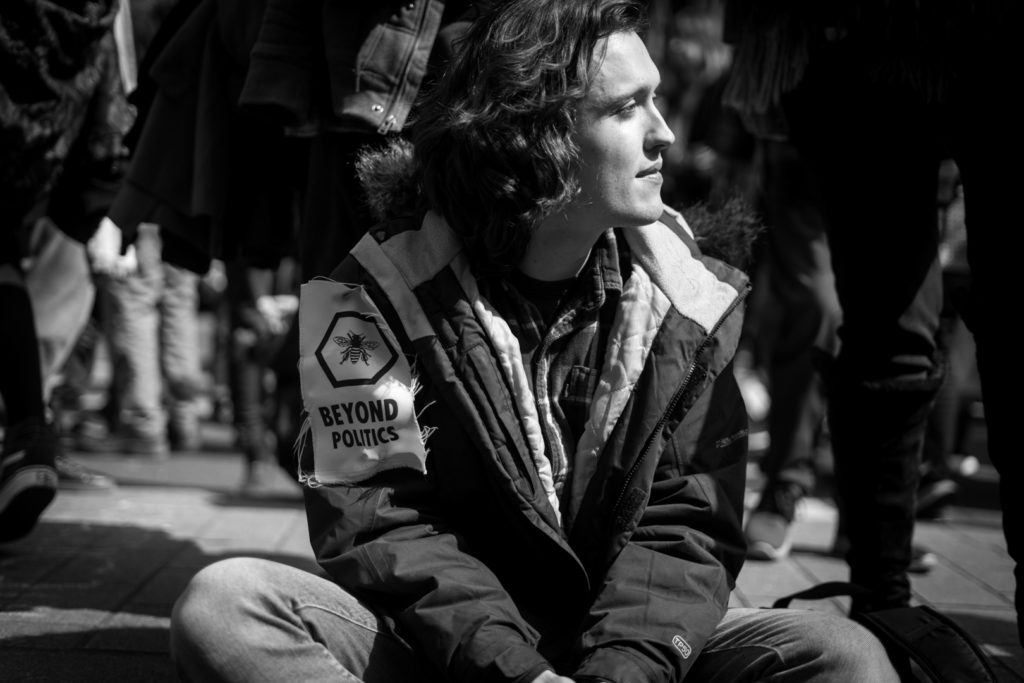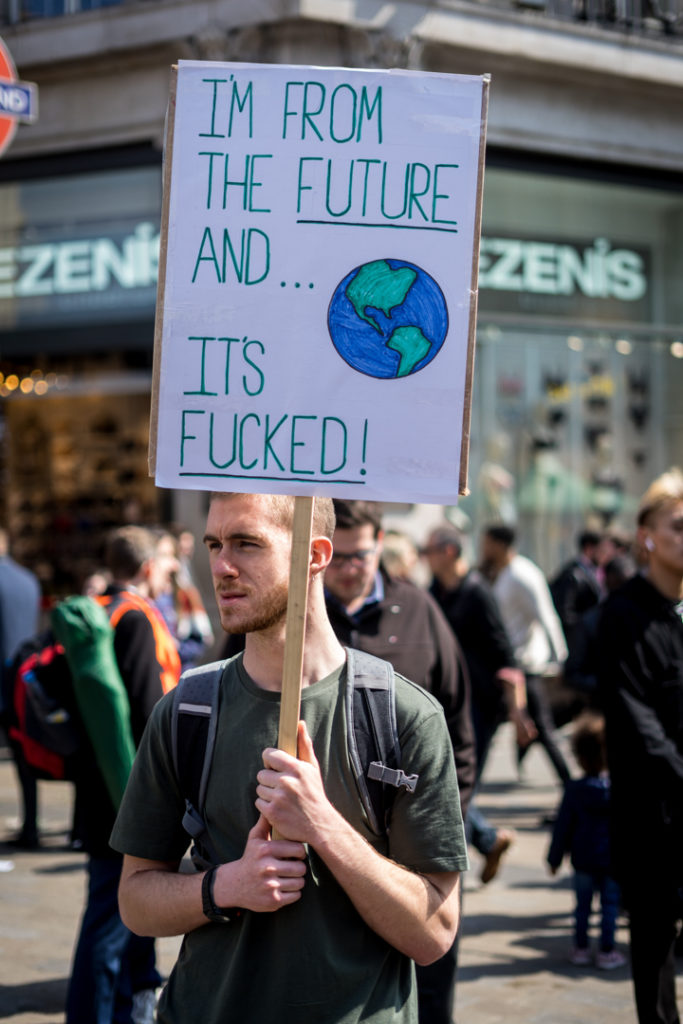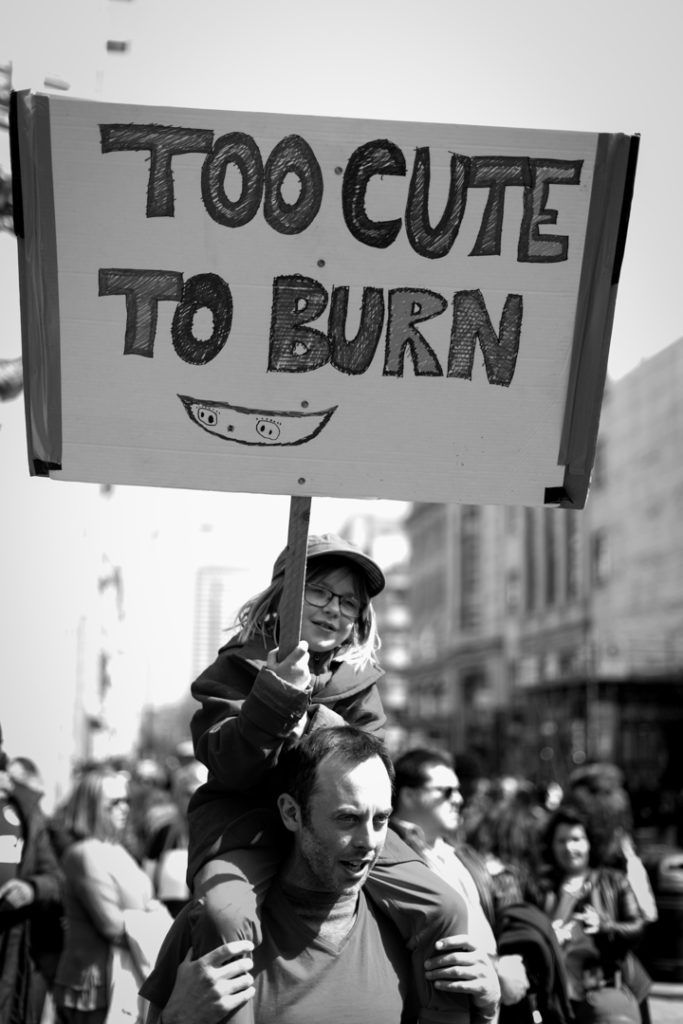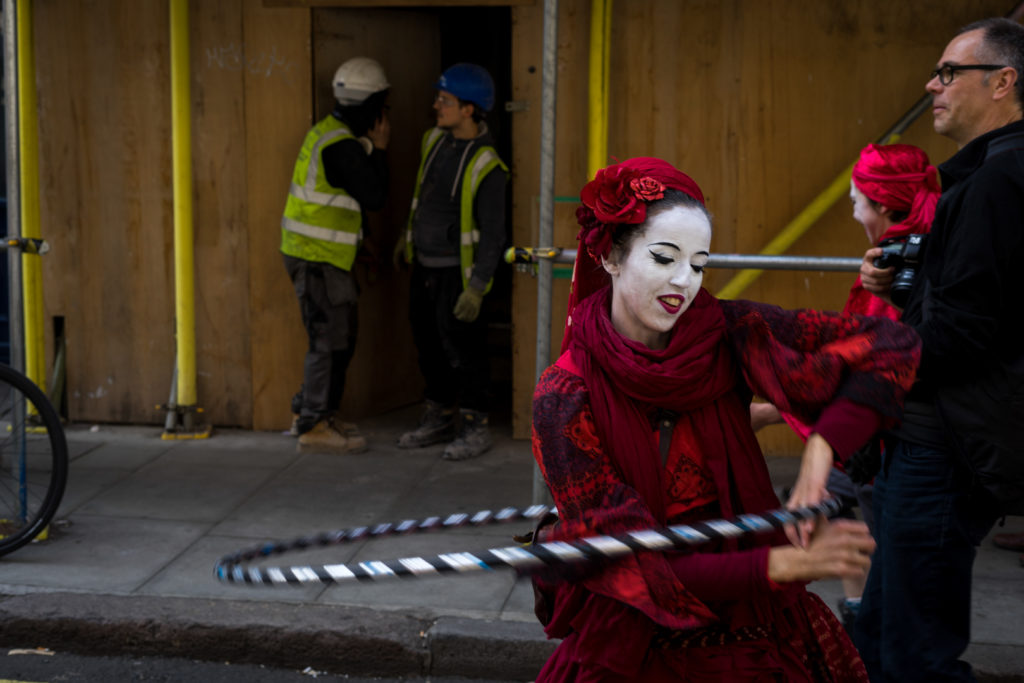Extinction Rebellion has changed the conversation around climate change with their controversial protest methods, what inspired normal people to put their liberty on the line?
Police were lining the roads, a circus was roaming the streets, on top of a big pink boat a man was reading poetry, and sitting on the pavement a young woman was writing a dissertation.
This was a normal day in Extinction Rebellion’s “International Rebellion” event taking place in London during the Easter holidays. Protesters showed up from around the country to express their dissatisfaction with the government’s inaction over climate change.
April Ren the woman writing her dissertation said, “I grew up in Sri Lanka. Right now we’ve got droughts, there are people dying. We lived through floods a couple of years ago that was terrible, so I have seen first-hand the effects.”
“I feel like the media neglects to mention the people who are already suffering there’s a lot of emphasises on our children and of course our children are going to be affected but it’s affecting people right now and we are ignoring that.”
The atmosphere of the event seemed to affect Ren’s willingness to be arrested, she said. “I am not really willing to get arrested because I’m about to do a masters in education and that might be a problem but when I arrived and saw the atmosphere I was actually very down to be arrested.”
Throughout the event, it was very clear that there was a mix of veteran protesters and normal people who had come for the first time.
Rahgar Woods has been protesting for environmental issues for 30 years. She was occupying the junction at Marble Arch wearing a headpiece made out of various flowers and feathers and despite the party atmosphere, her outfit and the blaring car horns of annoyed Londoners she looked defeated. She said, “I think I am suffering from a broken heart.”
”We think we’re top dogs we think we’re intelligent, we claim to be intelligent, but I am deeply depressed that people who are in authority are not listening,” said Woods. “Deep down I feel like I have failed.”
This feeling of failure was common throughout the event, with a lot of people admitting that they were protesting not because they believed it would make a difference but because they wanted to be able to look their children or grandchildren in the eye and say they tried.
Ren, one of the protesters who sang a funeral dirge from the Shetland Islands, said, “If there any humans left on this planet, they won’t care about the culture that participated in destroying them but they might just care that some people took action as if they mattered.”
International Rebellion London
By focusing on five main locations in London with a different theme and affiliate group attached to each, Extinction Rebellion attempted to create what seemed like five different protests all under the same banner.
With help from the Bristol affiliate group, Extinction Rebellion Wales installed a large pink boat on to a busy intersection in the heart of the city. Protesters used it as a stage to play music and hold talks from, along with attaching themselves to it in order to keep the roads blocked for as long as possible.
In order to hold each location, people called “arrestables,” the name given to those willing to be arrested would take shifts holding down locations, keeping momentum up throughout the nights and also ensuring that the protesters wouldn’t get fatigued.
Liberty Evans, a mother with her seven-month-old baby and a steward with Extinction Rebellion, said, “We need people to get arrested, that is the whole point. If thousands of people such as 94-year-old grandpas and seven-month pregnant mothers are willing to be arrested and give up their liberty then [the government] needs to listen”
This ambitious, two-week-long civil disobedience that involved thousands of protesters was orchestrated by an environmental group that isn’t even a year old.
Started by three members of another campaign group, Extinction Rebellion’s mandate of nonviolent resistance went beyond what established environmental groups like Greenpeace were willing to do.
This has led to some fracturing within the environmental movement as Extinction Rebellion’s first official action was to protest in Greenpeace’s London offices as talks with leadership on both sides had reached an impasse.
Civil Disobedience
The nonviolent disobedience method of protesting has been used the world over to change the status quo, and Extinction Rebellion believes it is the most effective way to make governments listen.
Nonviolent disobedience or civil disobedience can be done in many ways from, sit-ins utilized by the civil rights movement in the United States to the anti-poll tax campaign in the United Kingdom.
Extinction Rebellion utilized the method of peacefully blocking key junctions in London to cause disruption to traffic in the city. They did this in multiple locations to spread the police thinner while also maximising the efficiency of their numbers.
One of the protesters, Richard Noble, who had attached himself to the boat at Oxford Circus said, “The climate scientists all agree that if we don’t change radically now the entire human civilisation will collapse within the century and I’m here to make what difference I can.”
“I believe that the sand is leaving the hourglass and it’s now or never,” said Huw, a grandfather from Barry Island in Wales. “Many years of demonstrations and petitions have led to virtually nothing so non-violent civil disobedience is the next logical step,”
Both Richard and Huw had attached themselves under the boat, with a PVC pipe linking their arms, making it difficult for the police to safely remove them. This is a classic technique utilized by protesters to slow down the police requiring specialised equipment to be brought in order to arrest protesters.
Eventually, the police managed to gain control of all five locations through arrests and the attrition of the protesters. The big pink boat, named Berta Cáceres after a murdered Honduran environmentalist, was taken away by police on the Friday after they dislodged many Welsh protesters from underneath it.
Overall, the police arrested approximately 1200 protesters and managed to end the occupation of all the locations after 10 days. These protests garnered international media attention and have been attributed to multiple councils declaring “climate emergencies” across the UK.
The event has also shaped the national discourse on climate change. Due to the coverage of the protests, there is a growing debate on what needs to be done and certain news organisations have started to change their language when it comes down to this issue.
Judging from the expletives hurled at the protesters by motorists stuck in traffic these protests were not universally popular and if Extinction Rebellion keeps doing actions like these they may end up antagonizing large proportions of the British public.
This is a virtual tour of Extinction Rebellions London event, best viewed through a VR headset or on a phone. Make sure to turn on the sound.
